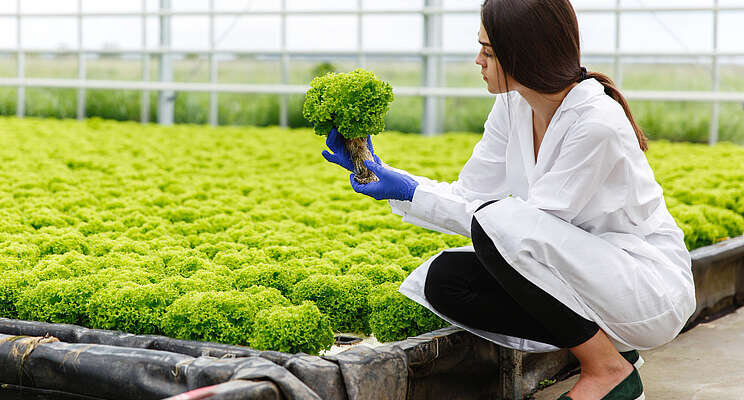Managing pythium in hydroponic systems
Added on 07 April 2022

There is deep water raft production, nutrient film (NFT) in channels, and coir-based grow bag culture. There are also differences in range size and recirculating water interdependence. Some deep-water ponds range are independent on their own system, whereas others are connected, and water is circulated among multiple ponds over an entire greenhouse range.
"The bottom line is that I can give general recommendations in managing root diseases, but what is a viable option for some may not be practical for others," Williams-Woodward says.
The primary root pathogens that Williams-Woodward has encountered are Pythium spp. and Berkeleyomyces basicola (formerly called Thielaviopsis basicola). Pythium is a water mold (an Oomycete) that thrives in wet conditions. It infects root tips, especially those damaged by low oxygen and/or high EC levels and progresses upward, killing the roots. Infected roots are soft and discolored a honey-brown color. What makes pythium of concern within hydroponic systems is that it produces a spore called a zoospore that can swim in water. Zoospores have two flagella that serve to propel and steer the spore along chemical gradients toward damaged root tips.
Photo created by freepic.diller - www.freepik.com
Source: Greenhouse Grower
More news















